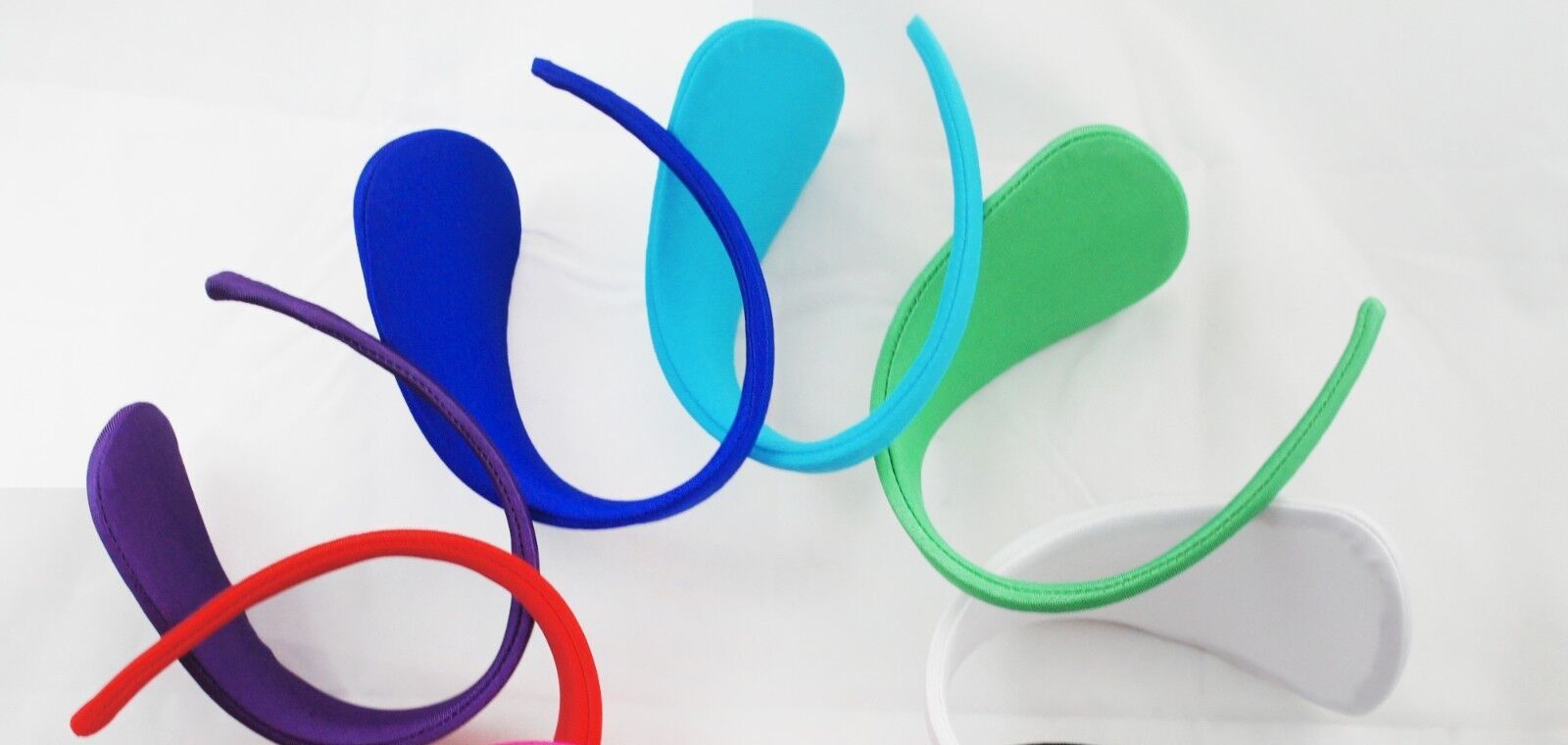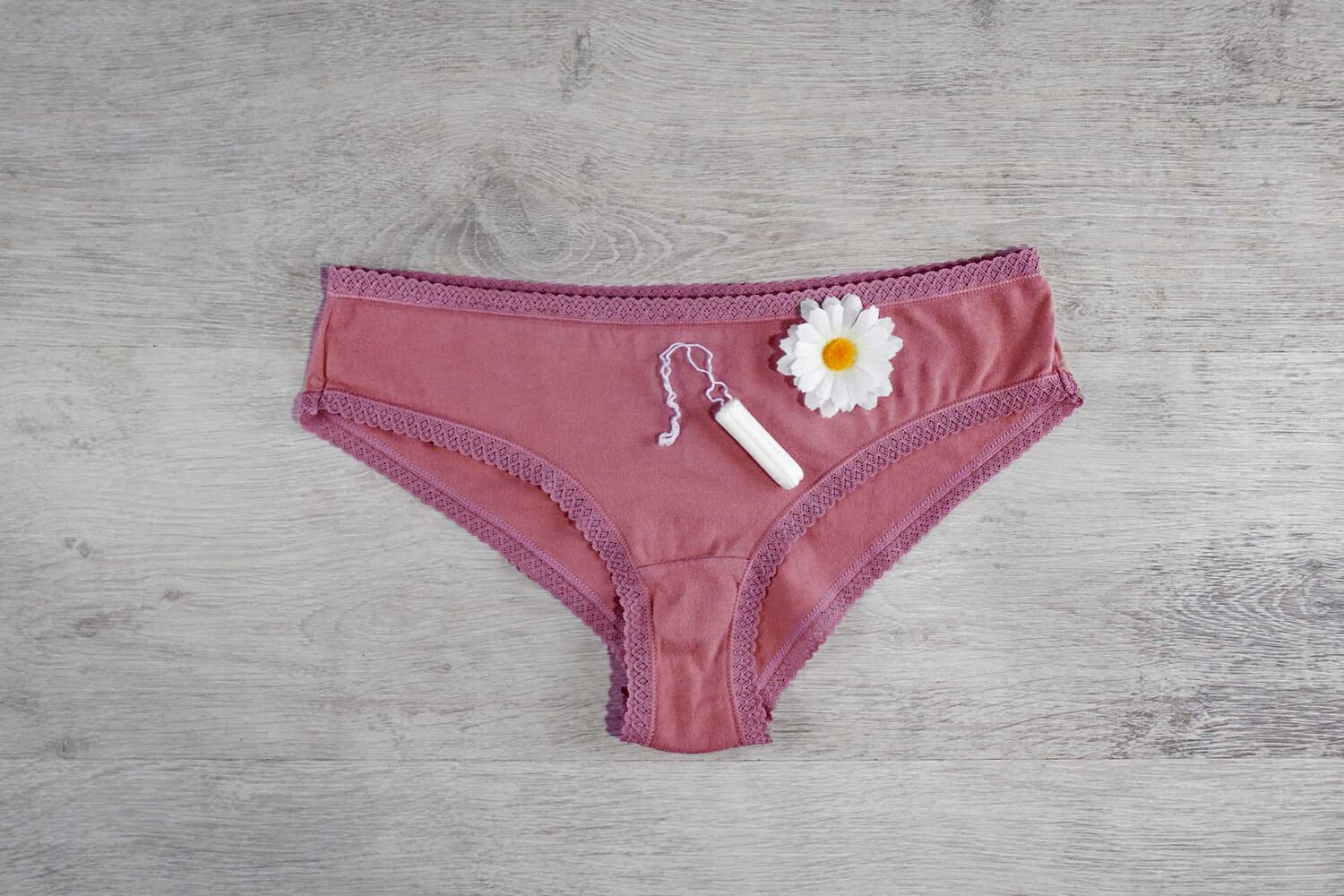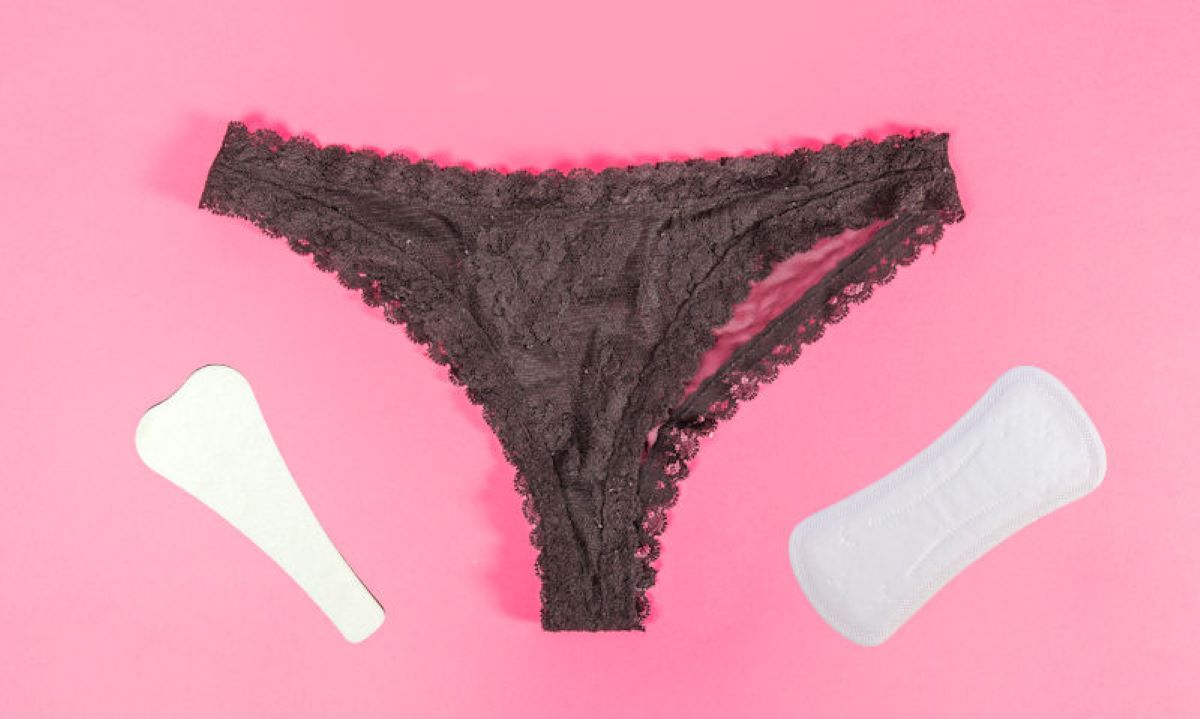

FAQs
How To Repair Thong Sandals
Modified: July 30, 2023
Learn how to repair thong sandals and find answers to general questions about fixing your favorite footwear. Expert tips and DIY techniques inside.
(Many of the links in this article redirect to a specific reviewed product. Your purchase of these products through affiliate links helps to generate commission for Under-tec.com, at no extra cost. Learn more)
Table of Contents
Introduction
Thong sandals are a popular summer footwear option, loved for their comfort and casual style. However, with regular wear and tear, these sandals can suffer damage, such as loose straps, broken soles, or snapped toe posts. While it may be tempting to replace them, repairing your thong sandals is a cost-effective and sustainable alternative.
In this article, we will guide you through the step-by-step process of repairing your thong sandals, helping you extend their lifespan and save money in the long run. From assessing the damage to sourcing the necessary tools and materials, we will cover everything you need to know.
Whether you have loose or broken straps, a detached sole, or a snapped toe post, our comprehensive guide will provide practical solutions to help restore your favorite thong sandals to their former glory. So, gather your tools, roll up your sleeves, and let’s dive into the world of thong sandal repair!
Step 1: Assessing the Damage
Before you begin repairing your thong sandals, it’s important to assess the extent of the damage. This will help you determine the best course of action and ensure that you have all the necessary tools and materials at hand.
Start by thoroughly examining the sandals for any visible signs of wear and tear. Check the straps for any looseness, fraying, or breakage. Look at the sole to see if it is detached or if there are any cracks. Inspect the toe posts to identify any signs of snapping or weakening.
Once you have identified the specific areas that need repair, consider the severity of the damage. Is it a minor issue that can be easily fixed, or is it more significant and require more extensive repairs?
If the damage to your thong sandals is minor, you may only need simple repairs to get them back in working condition. However, if the damage is severe or beyond repair, it might be more cost-effective to consider replacing them instead.
Take note of the materials used in your thong sandals. Different materials require different repair techniques and tools. For example, leather sandals may need specific adhesives or stitching methods, while rubber or synthetic materials may have their own recommended repair methods.
By carefully assessing the damage, you will have a better understanding of what needs to be done and can proceed to the next step with confidence.
Step 2: Gathering the Tools and Materials
Once you have assessed the damage to your thong sandals, it’s time to gather the necessary tools and materials for the repair process. Having everything you need at hand will make the repair process more efficient and ensure good results.
Here are some common tools and materials you might need:
- Super glue or adhesive: This is essential for securing loose straps or reattaching detached soles.
- Replacement straps or toe posts: If your current straps or toe posts are beyond repair, having replacements on hand will be necessary.
- Needle and thread: If your sandals have stitching that needs repairing, a needle and thread can help reinforce weak areas.
- Scissors: You’ll need a pair of scissors to trim any excess materials or cut new straps to size.
- Pliers: Pliers can be helpful for maneuvering or tightening small hardware pieces, such as buckles or rivets.
- Sandpaper: If your thong sandals have minor rough or uneven patches on the soles, sandpaper can help smoothen them out.
- Cushioning inserts: If the insole cushioning is worn out, consider getting replacement inserts to provide extra comfort.
- Cleaning materials: Before you begin repairs, it’s a good idea to clean your sandals to ensure a clean surface for adhesives or stitching.
Depending on the specific repairs needed and the materials used in your thong sandals, you may require additional tools or materials. Take note of any manufacturer’s recommendations or specific repair kits designed for your sandal brand.
It’s also essential to ensure the work area is well-lit and properly ventilated. This will make it easier to see the small details and ensure your safety while handling adhesives or sharp tools.
By gathering all the necessary tools and materials, you’ll be well-prepared to tackle the repair process and increase the chance of a successful outcome.
Step 3: Fixing Loose or Broken Straps
One of the most common issues with thong sandals is loose or broken straps. Fortunately, fixing them is relatively straightforward and can be done with a few simple steps.
If your straps are simply loose, you can start by applying a small amount of super glue or adhesive to the point where the strap meets the sole. Press the strap firmly against the sole and hold it in place for a few seconds to allow the adhesive to bond. Be careful not to use too much glue, as it can spread and create a mess.
If the straps are broken or severely frayed, you may need to replace them. Measure the length of the broken strap and cut a replacement strap to the same size using scissors. Apply the adhesive to both ends of the replacement strap and attach them to the sandal, following the manufacturer’s instructions if provided.
For added support, you can reinforce the attachment of the straps by stitching them to the sole. Use a needle and thread that matches the color of the straps and carefully sew around the attachment points. This stitched reinforcement will provide extra durability and prevent the straps from coming loose in the future.
Before using your repaired thong sandals, allow the adhesive to dry completely according to the product’s instructions. This will ensure a strong bond and increase the longevity of the repair.
Remember to handle the adhesive and tools with care, following all safety precautions indicated by the manufacturers. Always work in a well-ventilated area and keep any sharp objects away from children.
By fixing loose or broken straps, you can extend the life of your thong sandals and continue enjoying their comfort and style.
Step 4: Reattaching or Replacing the Sole
If your thong sandals have a detached or damaged sole, it’s crucial to address this issue to ensure they are sturdy and comfortable to wear. Here’s how you can reattach or replace the sole of your sandals:
Reattaching the Sole:
- Clean the sole and the area on the sandal where the sole needs to be reattached. Remove any dirt or debris to ensure a proper bond.
- Apply a generous amount of super glue or adhesive to both the sole and the sandal. Spread it evenly to ensure good coverage.
- Line up the sole with the sandal, ensuring it is aligned properly. Press the sole firmly against the sandal and hold it in place for a few moments to allow the adhesive to bond.
- Allow the adhesive to dry completely according to the manufacturer’s instructions. This may take some time, so be patient to ensure a strong bond.
Replacing the Sole:
- If the sole of your thong sandals is beyond repair, you may need to replace it entirely.
- Measure the size of the sole that needs to be replaced and purchase a replacement sole that matches the shape and dimensions.
- Remove the old sole by carefully cutting or peeling it off. Take precautions to avoid damaging the straps or any other part of the sandal.
- Clean the sandal base thoroughly to remove any residue or adhesive from the previous sole.
- Apply adhesive to the new sole and press it firmly onto the sandal. Ensure it is centered and aligned properly.
- Allow the adhesive to dry completely before wearing the sandals. Follow the manufacturer’s instructions for drying time.
Remember to choose an adhesive that is suitable for the materials used in your sandals. Different materials may require different types of glue for a secure and long-lasting bond.
By reattaching or replacing the sole of your thong sandals, you can restore their stability and ensure they are ready for all your summertime adventures.
Step 5: Fixing Snapped Toe Posts
One common issue with thong sandals is a snapped or broken toe post. The toe post is the strap that goes between your big toe and second toe, providing stability and support. Here is how you can fix a snapped toe post:
- Assess the damage by examining the snapped toe post. Determine if it can be repaired or if it needs to be replaced entirely.
- If the toe post is merely loose and not completely snapped, you can try reattaching it using a strong adhesive. Apply a small amount of adhesive to the broken area and press it together firmly. Allow the adhesive to dry completely before using the sandals.
- If the toe post is severely snapped or beyond repair, consider replacing it with a new toe post. You can find replacement toe posts at craft stores or online. Make sure to choose a toe post that matches the color and material of your sandals.
- To replace the toe post, first remove the old broken piece. Carefully cut or remove any remnants of the old toe post, making sure not to damage the surrounding straps.
- Take the new toe post and thread it through the appropriate holes in the sole and straps of the sandal. Follow the original design and pattern to ensure a proper fit.
- Tie or secure the ends of the new toe post together securely. You can use knots, stitches, or small pieces of adhesive to keep the new toe post in place.
It’s important to ensure that the new toe post is firmly attached and secure before wearing the sandals. Testing it by gently tugging on the post can help determine if it’s securely in place.
By fixing the snapped toe post, you can restore the functionality and wearability of your thong sandals, allowing you to continue enjoying their comfort and style.
Step 6: Repairing Insole Cushioning
Over time, the cushioning in the insole of your thong sandals may wear out, leading to discomfort and reduced support. Repairing the insole cushioning will help restore the comfort and functionality of your sandals. Here’s how you can do it:
- Check the condition of the insole cushioning. Determine if it’s simply flattened or if it has become damaged or worn out.
- If the cushioning is flattened, you may be able to revive it by adding extra padding. Cushioning inserts, such as gel inserts or foam padding, are readily available and can be placed on top of the existing insole to provide extra comfort and support.
- Remove the existing insole if it is damaged or worn out and needs to be replaced entirely. Gently peel it off or cut it out, being careful not to damage the sandal’s structure.
- Clean the area where the old insole was removed. Ensure there are no remnants of adhesive or debris that could affect the bonding of the new insole.
- Measure the size and shape of the removed insole and cut a new insole to match. You can use materials such as foam, memory foam, or specialized insole material available at shoe repair stores or online.
- Apply a thin layer of adhesive to the bottom side of the new insole and carefully place it into the sandal, aligning it with the footbed.
- Press down firmly to ensure the insole adheres to the sandal. Smooth out any wrinkles or bubbles that may have formed during the application process.
- Allow the adhesive to dry completely before wearing the sandals. Follow the manufacturer’s instructions for drying time.
By repairing the insole cushioning, you can enhance the comfort and support of your thong sandals, providing your feet with the necessary cushioning and reducing the risk of discomfort or pain during wear.
Step 7: Finishing Touches and Maintenance Tips
After repairing your thong sandals, it’s important to give them some finishing touches and learn how to maintain them properly. Here are some final steps and maintenance tips for your repaired sandals:
- Trim any excess straps or threads that may be sticking out after the repair process. Use a pair of scissors to carefully cut off any loose ends, ensuring a neat and polished appearance.
- Inspect your sandals once again to ensure all repairs have been properly done and that everything is secure and in place.
- Consider applying a protective coating or sealant to your repaired sandals to help prevent future damage. This can be especially helpful for leather or fabric sandals, as it adds an extra layer of protection.
- Regularly clean your thong sandals to maintain their appearance and extend their lifespan. Use a soft brush or cloth to remove dirt and debris, and if necessary, use mild soap and water to gently scrub the straps and sole. Allow them to air dry completely before wearing or storing them.
- Avoid exposing your repaired sandals to extreme heat or direct sunlight, as this can cause the materials to fade, warp, or deteriorate.
- Store your repaired sandals in a cool, dry place to prevent any moisture-related damage and to keep them protected when not in use.
- Perform regular maintenance checks on your thong sandals to catch any potential issues early on. Inspect the straps, soles, and other components for signs of wear and tear, and address any issues promptly to prevent further damage.
- Consider rotating your sandals with other pairs to give them a break and ensure they last longer. This can help distribute the wear and tear evenly and prevent excessive strain on one pair of sandals.
By following these finishing touches and maintenance tips, you can ensure that your repaired thong sandals remain in excellent condition, providing you with comfort and style for many more seasons to come.
Conclusion
Repairing your thong sandals is a practical and sustainable way to extend their lifespan, save money, and reduce your environmental footprint. By following the step-by-step guide provided in this article, you can address common issues such as loose or broken straps, detached soles, snapped toe posts, and worn-out insole cushioning.
Assessing the damage, gathering the necessary tools and materials, and following the appropriate repair techniques for each specific issue will help you successfully mend your sandals. Whether it’s reattaching loose straps, replacing a snapped toe post, or fixing the insole cushioning, each repair can significantly improve the comfort and functionality of your thong sandals.
Remember to take your time during the repair process, properly secure all repairs, and allow sufficient drying time for adhesives and materials. Additionally, maintaining your sandals by cleaning them regularly, storing them properly, and conducting routine checks for any signs of wear and tear will ensure their longevity.
By repairing your thong sandals instead of replacing them, you not only save money but also contribute to reducing waste and promoting a sustainable lifestyle. Give your favorite sandals a new lease on life and continue enjoying their comfort and style for many more seasons to come.










